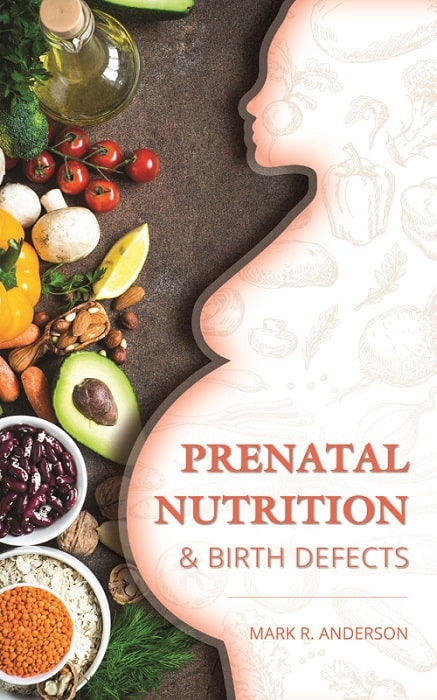Prenatal Nutrition and Birth Defects is an essential new booklet from SRP that tackles one of the most fundamental problems in today’s America: the continued genetic destruction of our progeny. In just a few information-packed pages, Mark R. Anderson connects the dots between abnormalities in the developing fetus (which are frequently revealed later in life) and the nutritional deficiency of the parents.
To explain the process by which this occurs, Anderson guides us through important research from three pioneers of early nutrition science—Dr. Weston A. Price, Dr. Royal Lee, and Sir Robert McCarrison.
Anderson begins with Dr. Price’s study of isolated cultures in the 1920s and 1930s. No matter the tribe or location, once these societies came into contact with modern foods, the next generation paid dearly: tooth decay, tuberculosis, physical deformities, arthritis, diabetes, diseases of the gastrointestinal tract, infertility, cancer, and mental illness. As Anderson notes, this abundance of maladies was virtually nonexistent before the adoption of refined foods.
Nor was Price the first to make the connection between nutritionally deficient dietary patterns and hereditary catastrophe. Sir Robert McCarrison, MD, had already come to a similar conclusion while serving as a British army surgeon in India during the 1910s and 1920s. It was McCarrison who introduced the world to the extraordinarily healthy and long-lived Hunza people of the Himalayas. Yet once the Hunza came in contact with the British Army, and the adulterated foods the British brought with them, their legendary health was brought to ruin within a single generation.
How could this happen? As explained in Prenatal Nutrition, the first crucial effect that adulterated foods have on the body is the destruction of the endocrine system, starting with the adrenal glands, moving on to the thyroid and pancreas, and finally continuing the path of destruction to the central nervous system. As long as the Hunza consumed a diet rich in vital trace minerals from their glacial valley, they avoided this fate, and so did their progeny.
Anderson teases out the important research and then expands upon it. He points to a lengthy passage from a 1950 speech given by Dr. Royal Lee
to help readers understand how biological determinants are expressed in the next generation based on the trace minerals they are composed of. If the parents are deficient, hereditary transmission can be impacted or even imperiled. Dr. Lee’s observations dovetail nicely with Dr. McCarrison’s study of the Hunza. But it was the Hunza who paid the real world consequences. When their diet was so abundantly rich (rather than deficient) in trace minerals, birth defects were nonexistent.
In Prenatal Nutrition, Anderson offers prospective, expectant, and nursing mothers ample evidence that they must get an adequate supply of nutrients and trace minerals to have the highest probability of a successful birth. And there’s no need to guess at what these important nutrients are. Anderson has included a detailed chart, “Selected Nutrients Associated with Types of Birth Defects in Humans,” that details exactly what nutrients and trace minerals are most needed. And in the case of specific deficiencies, the chart also offers a concise and direct analyses of possible consequences to the baby.
This new booklet from SRP will help practitioners and future or expectant parents understand what’s at stake: the health of the human species.


